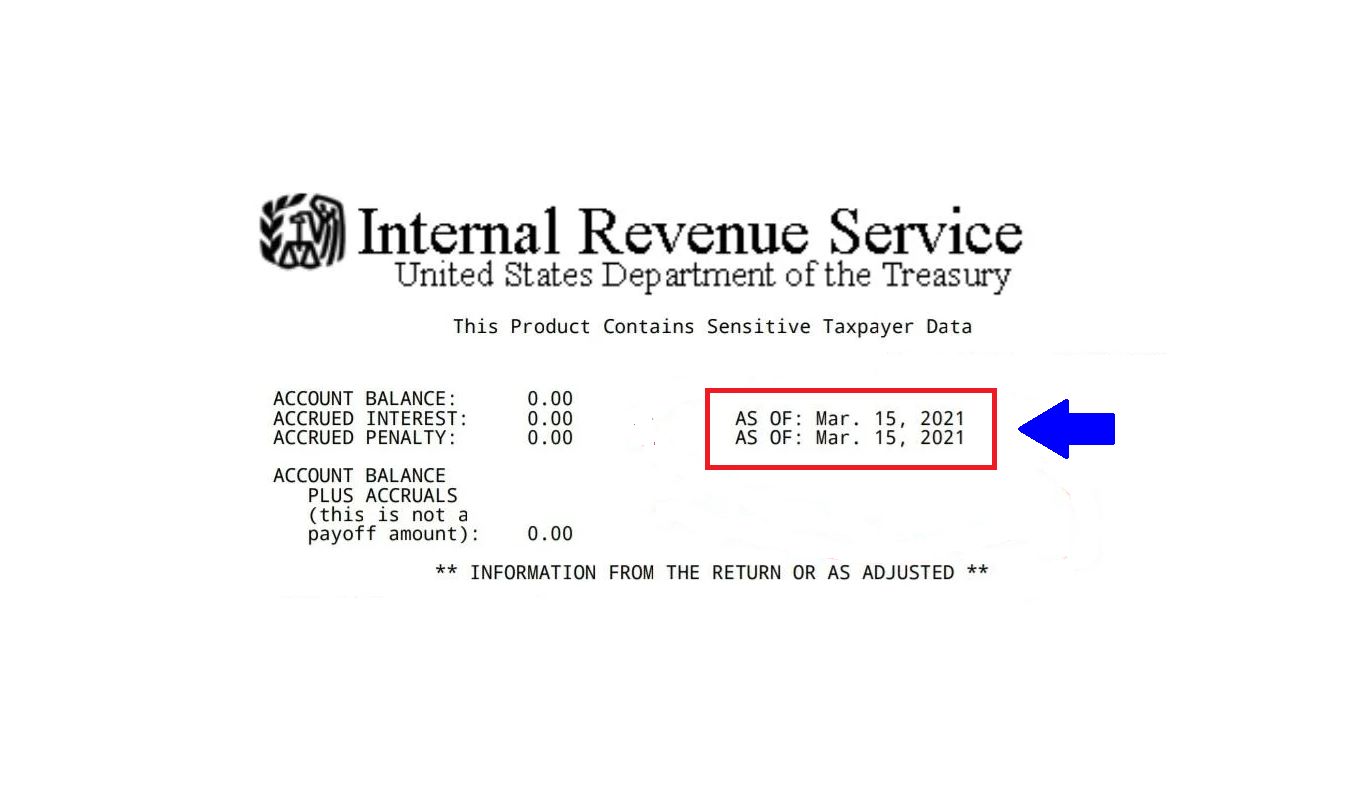

Finance
Underlying Debt Definition
Published: February 13, 2024
Learn the definition of underlying debt in finance and understand its importance. Discover how it impacts financial decision-making and investments.
(Many of the links in this article redirect to a specific reviewed product. Your purchase of these products through affiliate links helps to generate commission for LiveWell, at no extra cost. Learn more)
The Underlying Debt Definition: Understanding the Foundation of Finance
Finance is a vast field with various intricacies and complexities. Within this realm, one key aspect that plays a vital role is underlying debt. But what exactly is underlying debt? In this blog post, we will provide a comprehensive definition of underlying debt and delve into its significance in the world of finance.
Key Takeaways:
- Underlying debt refers to the total debt obligations of a company or an individual borrower.
- Understanding underlying debt is crucial for assessing the financial health and risk profile of an entity.
So, what does the term “underlying debt” mean? In simple terms, underlying debt represents the total amount of debt that a company or an individual borrower has incurred. This debt includes various types of financial obligations, such as loans, credit card balances, mortgages, and any other form of borrowed funds.
Now that we have a basic understanding of underlying debt, let’s explore why it holds significant importance in the world of finance:
Assessing Financial Health and Risk Profile
One of the key reasons why understanding underlying debt is crucial is because it allows us to assess the financial health and risk profile of an entity. Here’s how:
- Evaluating Debt-to-Income Ratio: By analyzing the underlying debt, financial experts can calculate the debt-to-income ratio, which measures the level of debt compared to the income generated. This ratio is an important indicator of an individual’s or a company’s ability to repay their debts.
- Determining Creditworthiness: Lenders and financial institutions often rely on underlying debt to determine the creditworthiness of borrowers. A higher underlying debt might indicate a higher risk of default, resulting in higher interest rates or even a loan denial.
- Identifying Potential Financial Distress: An analysis of underlying debt can help in identifying warning signs of potential financial distress. If an entity’s underlying debt is continuously increasing or reaching unsustainable levels, it could be an early indication of financial instability.
Conclusion
In conclusion, underlying debt plays a crucial role in the world of finance. It represents the total debt obligations of an entity and allows us to evaluate its financial health and risk profile. By understanding underlying debt and its implications, individuals and financial institutions can make informed decisions regarding lending, creditworthiness, and investment.
So, the next time you come across the term “underlying debt,” you’ll have a clear understanding of what it means and why it matters in the realm of finance.














